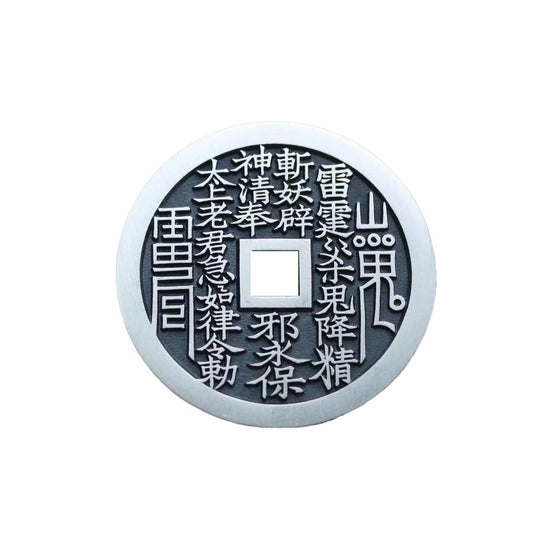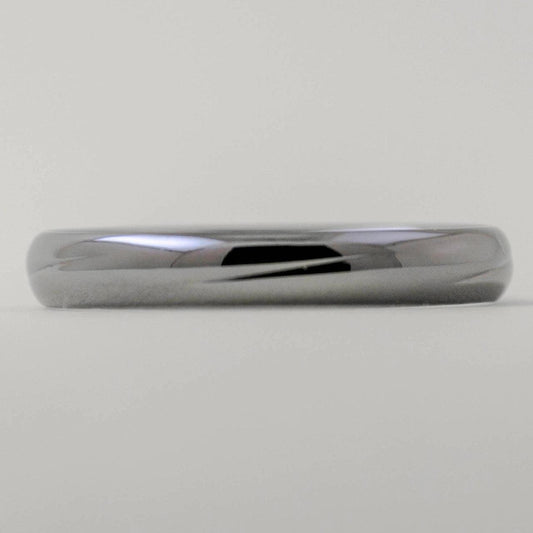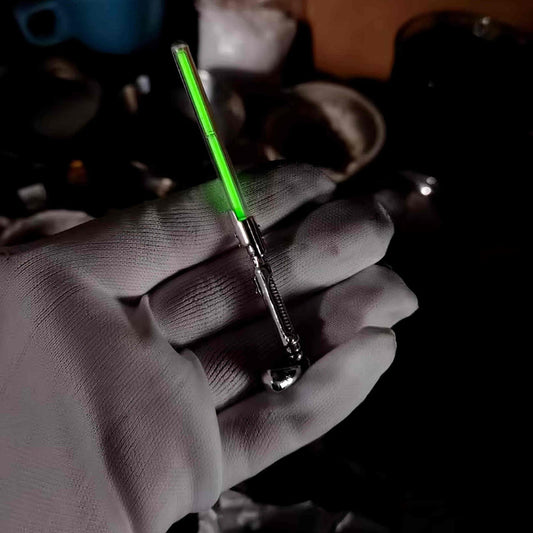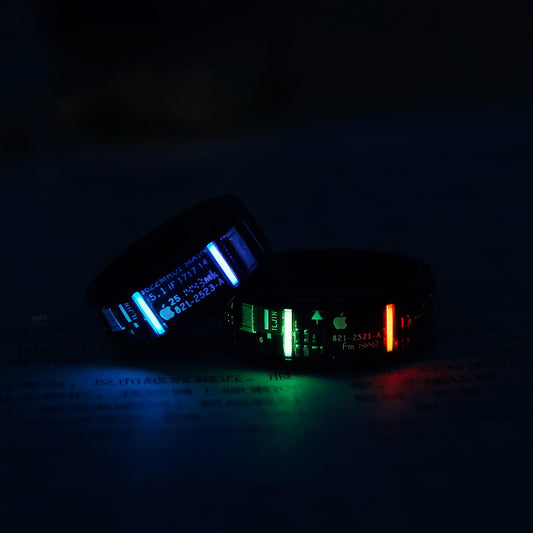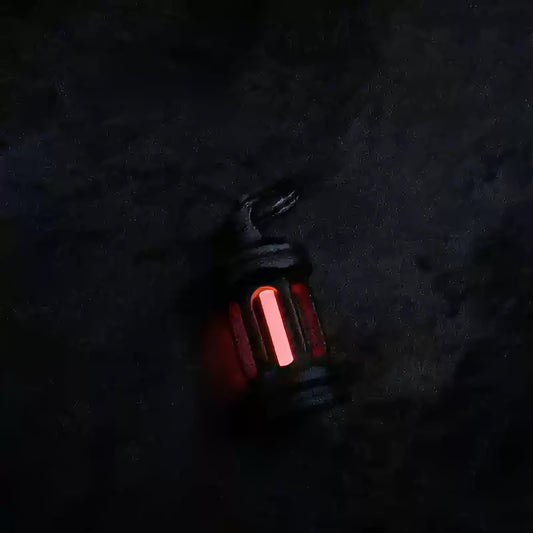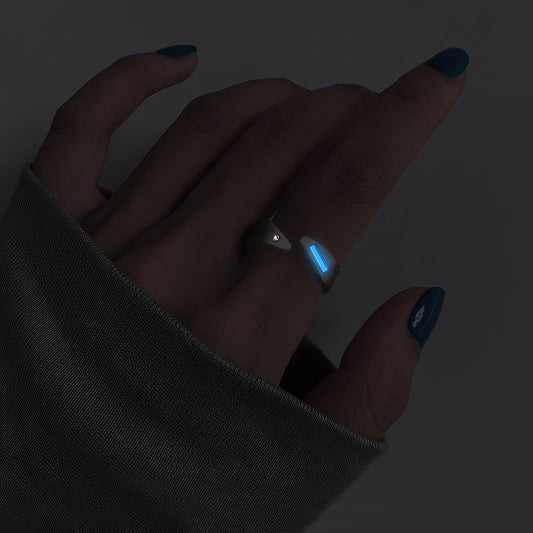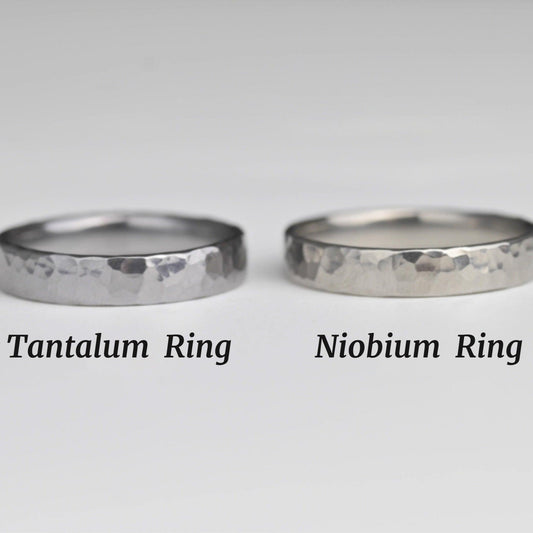Tritiums Atomic Number Unpacking the Mysteries
Tritiums Atomic Number Unpacking the Mysteries
When we hear the word "tritium," it might evoke a sense of mystery, the kind that belongs to advanced scientific fields that seem miles away from our daily lives. Yet, tritium's atomic number is not just a point of trivia; it's a key that unlocks understanding into the world of isotopes and the subtle complexities of nature.
Tritium is a radioactive isotope of hydrogen, and its atomic number is 1, shared by its siblings protium and deuterium. Although all three isotopes share this number, each has a unique personality, largely due to the differences in their nuclei. Tritium carries two neutrons along with its solitary proton, making it noticeably heavier than its counterparts. When I first learned about tritium in my high school chemistry class, it sounded almost like a superhero version of hydrogen—exceptional but with an enigmatic edge.
The role that tritium plays in modern technology is as fascinating as its atomic structure. It is commonly used in self-luminous devices, such as exit signs or wristwatches with glowing hands, where it provides a gentle light without requiring an external power source. This application might seem small, even mundane, but the underlying science is astonishingly complex, relying on the beta decay of tritium to emit electrons that interact with phosphors, producing that signature glow.
Tritium also finds its way into scientific research and even nuclear fusion experiments. Here’s where the science fiction element kicks in—fusion, the process that powers the stars, using tritium as a fuel. It's a reminder that even the smallest, most unassuming elements can play a part in monumental scientific endeavors. I remember reading about fusion energy as a kid, thinking it was something only for the realm of Star Trek. Yet, here we have tritium quietly sitting at the edge of such futuristic possibilities.
In a more personal context, I once bought a tritium keychain light, seduced by the idea of a constant, unpowered glow. It became a conversation starter among friends, and I found myself explaining how it wasn't "glow-in-the-dark" in the traditional sense. Instead, it was a glimpse into the world of particle physics, quietly lighting my keyhole on late, dark nights.
There's a poetic irony in how tritium, with its humble atomic number 1, finds itself involved in such a significant array of applications. From practical uses in everyday items to its pivotal role in cutting-edge research, tritium’s narrative is one of quiet strength and understated importance. The next time I see its soft glow, I might just smile, thinking about how something so small can be so significant.


